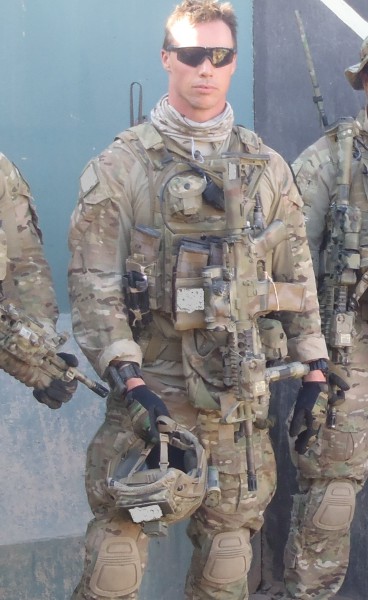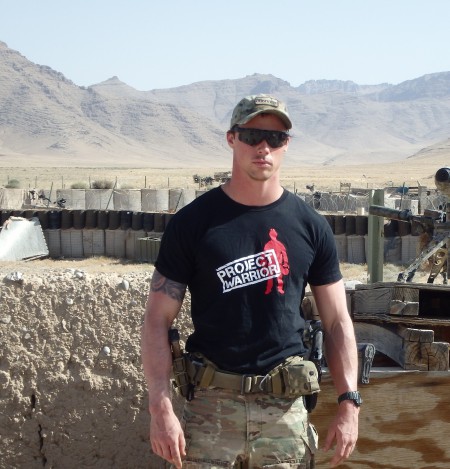The premise of my nutrition philosophy is quality, non-inflammatory foods in appropriate macros to fuel performance. Improved body composition is a resultant or secondary goal. I use the Paleo Diet as a foundation; it is predicated on eliminating harmful foods from the diet as well as putting an emphasis on real food instead of edible processed items. Improving food quality will drop body fat off of people, but the uber Paleo approach is low on carbs.
The obvious solution — and I am baffled as to why people don’t intuitively do this — is to eat more carbs. In Paleo for Lifters I use potatoes as a primary source of carbohydrates as they are not a gut irritant and few things sound more manly than “meat and potatoes”.
It’s pretty simple: meat and potatoes, vegetables, fruit, and lots of quality fat. You can lift and train hard on this eating method. You can improve your health metrics like blood lipid profiles and blood pressure on this diet. Sometimes, you can even feast on this diet.
What is a feast?
A feast is an event in a man’s life when he consumes a significant amount of food. Feasts are inherently at least 1.5 pounds of food; anything less is merely a meal. Feasts are memorable because of their sheer quantity, taste, or complexity. A feast should be so special, you can look back at it and say, “Remember that feast?” Everyone around you will stare with an unfocused gaze and nod their heads, “Yeah, I remember…”
Below is a modest feast.
Is food quality a concern?
It depends. In Paleo for Lifters I give specific instructions to different population types. Are you fat and need to lose it? Are you skinny and need to gain muscle? Are you low body fat but could gain some weight? These scenarios will dictate the feast.
It’s entirely possible to have a Paleo for Lifters feast. Grill a few pounds of steak, a few rack of ribs, or a pork loin (or all three), throw in some taters with butter and go to town. But usually those feasts aren’t as fun.
If you’re concerned with health or body fat, then tighten your feast’s shot group. If you just want to have a sit down with the boys and feast your god damn eyes out, then make it official: have a feast.
How to feast?
Feasts can be impromptu or planned, yet they need to be at least 1.5 pounds of food, preferably more. The only necessary ingredient for a feast is meat; a feast without meat is no different than your front lawn. You wouldn’t eat your lawn for half an hour, would you?
Make conditions as perfect as possible. Cook or grill it your favorite way. Get your favorite sauces, spices, or beverage. Ideally you should make it a group event. Men who feast in groups are happier, have higher T levels, and have bigger biceps.
You have two approaches to the feast: The Crush Method or The Marathon Method.
 The Crush Method – This is when you sit down, stare at your food for a fleeting, poetic moment, and then feast in the same manner that the Ultimate Warrior shakes the ropes. If you’re going for pure volume or you’re really hungry, this method is ideal.
The Crush Method – This is when you sit down, stare at your food for a fleeting, poetic moment, and then feast in the same manner that the Ultimate Warrior shakes the ropes. If you’re going for pure volume or you’re really hungry, this method is ideal.
My friend Jeremy (owner of CrossFit Annandale) has a Brazilian Mastiff who weighs at least 165 pounds. His name is Cane, and he “crushes” on a regular basis. Cane knows no other method. Jeremy gives him three or four chicken thighs, and Cane crushes. He snaps the bones and nearly swallows the chicken hole. We can all learn from Cane’s crushing ability.
The Marathon Method – Choose this method when in a large gathering. Barbecues, weddings, or reunions aren’t necessarily the time and place for The Crush Method. Instead, stay uncomfortably full throughout a day. Sample everything. Eat as many animals as possible (preferably already dead and cooked). Be merry. And if someone looks at you questionably, look at the women around you and shout, “OUR DIET STARTS TOMORROW! AM I RIGHT, GIRLS?”
The Meat Sweats
At some point in your feasting, you may notice a phenomenon known as “the meat sweats”. In the absence of dysfunctional kidneys, don’t let this deter you. It’s merely your body’s excited way of saying, “Yes! You’re doing it! Keep going!”
One of the guy’s I’ve trained returned home from a special operations selection. After several weeks of limited food intake, he had a hankering for a feast. He went to Krystal’s and ordered — and feasted upon — 24 Krystal burgers. He reported meat sweats so significant, it was dripping off his nose during the feast.
24 Krystal burgers may sound disgusting — because it is — but it’s an impressive feast.
And that, my friends, is what this is all about. Do something impressive. Do something memorable. Have a feast.


